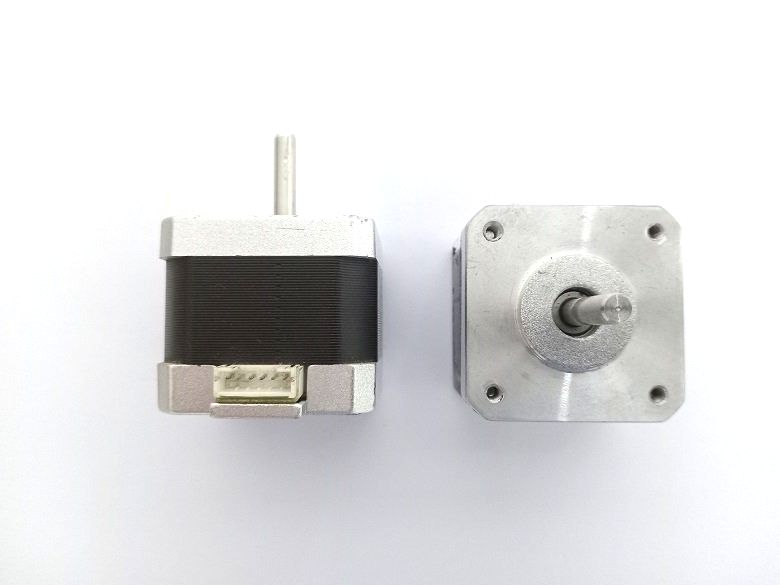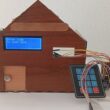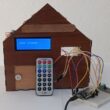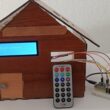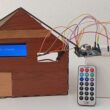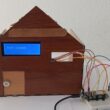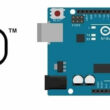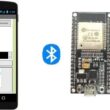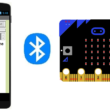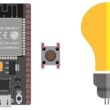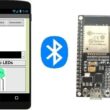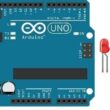What is the stepper motor ?
A stepper motor is an electric motor that moves in discrete steps rather than in continuous rotation like most conventional electric motors. It is a type of brushless motor that divides a full rotation into a number of equal steps, and can be controlled precisely to move forward or backward one step at a time. Stepper motors are widely used in a variety of applications that require precise positioning, speed control, and accuracy.
Stepper motors come in two basic types: bipolar and unipolar. Bipolar stepper motors have two windings per phase, and require a full H-bridge circuit to control the current flow in each winding. Unipolar stepper motors have a center-tapped winding per phase, and require only a simple transistor circuit to control the current flow.
Stepper motors are used in a wide range of applications, including 3D printers, CNC machines, robotics, precision control systems, surveillance cameras, and many other types of equipment that require precise and controlled motion. Stepper motors are also popular in hobbyist and DIY projects, as they are relatively easy to control with microcontrollers like Arduino, Raspberry Pi, or other programmable devices.
What is the 17HS4401 Stepper Motor ?
The 17HS4401 stepper motor is a type of bipolar stepper motor that is commonly used in various applications that require precise positioning and control. It is a four-wire motor with a step angle of 1.8 degrees, which means that it takes 200 steps to make one full revolution (360 degrees).
The 17HS4401 stepper motor is a high torque motor with a holding torque of 40Ncm (56.2oz.in), which means that it can hold a load of up to 40Ncm without slipping. It has a rated current of 1.5A per phase, which makes it suitable for use with various types of stepper motor drivers and controllers.
This stepper motor is commonly used in various types of equipment such as 3D printers, CNC machines, robotics, surveillance cameras, and many other applications that require precise and controlled motion. It is also popular among hobbyists and makers due to its high torque, accuracy, and relatively low cost.
17HS4401 stepper motor compatible microcontrollers
The 17HS4401 stepper motor can be controlled by various microcontrollers that support pulse width modulation (PWM) and have enough digital output pins to interface with the motor driver. Here are some of the microcontrollers that are commonly used to control stepper motors:
- Arduino: The Arduino microcontroller is a popular choice for controlling stepper motors. It has a simple programming language, a large community of users, and various motor control libraries that make it easy to interface with stepper motor drivers.
- Raspberry Pi: The Raspberry Pi is a single-board computer that can be used to control stepper motors. It has a number of digital input/output pins that can be used to interface with motor drivers, and can be programmed using various programming languages such as Python, C, or Java.
- BeagleBone Black: The BeagleBone Black is a low-cost, open-source microcontroller that is capable of controlling stepper motors. It has a number of digital input/output pins, and can be programmed using various programming languages such as Python or C.
- STM32 Microcontrollers: The STM32 microcontroller is a powerful 32-bit microcontroller that can be used to control stepper motors. It has a large number of digital input/output pins, and can be programmed using various programming languages such as C, C++, or Python.
- ESP32: The ESP32 is a low-cost, low-power microcontroller that can be used to control stepper motors. It has a number of digital input/output pins, and can be programmed using various programming languages such as C, C++, or Python.
These are just a few examples of microcontrollers that are commonly used to control stepper motors. There are many other microcontrollers available on the market that can be used to control stepper motors, depending on the specific requirements of the project.
How to control 17HS4401 stepper motor by Arduino board ?
To control the 17HS4401 stepper motor with an Arduino board, you will need the following components:
- 17HS4401 stepper motor
- Arduino board (such as Arduino Uno, Nano, or Mega)
- Stepper motor driver (such as A4988, DRV8825, or TB6600)
- Breadboard
- Jumper wires
Here are the steps to control the 17HS4401 stepper motor with an Arduino board:
- Connect the stepper motor driver to the Arduino board. Connect the Step, Dir, and Enable pins of the stepper motor driver to digital output pins on the Arduino board. Connect the GND pin of the stepper motor driver to a GND pin on the Arduino board. Connect the Vcc pin of the stepper motor driver to a 5V pin on the Arduino board.
- Connect the stepper motor to the stepper motor driver. Connect the four wires of the stepper motor to the four output pins of the stepper motor driver. Make sure to connect the wires in the correct order (usually A+, A-, B+, B-).
- Connect the power supply to the stepper motor driver. Connect a DC power supply to the stepper motor driver. The voltage and current rating of the power supply should be suitable for your specific stepper motor and driver.
- Upload the stepper motor control code to the Arduino board. You can use various stepper motor control libraries available for the Arduino platform, such as the AccelStepper library or the Stepper library. These libraries provide simple functions to control the stepper motor by sending Step and Direction signals to the stepper motor driver. You can adjust the speed, direction, and number of steps of the stepper motor by changing the parameters of these functions.
- Test the stepper motor. Once the code is uploaded, you can test the stepper motor by running the Arduino sketch. The stepper motor should start rotating in the direction and speed specified in the code.
By following these steps, you can control the 17HS4401 stepper motor with an Arduino board and a stepper motor driver.
Role of 17HS4401 stepper motor in robotic projects
The 17HS4401 stepper motor is a popular choice for robotic projects due to its accuracy, precision, and ability to rotate in small and precise steps. It is commonly used in applications that require precise positioning, such as robotic arms, CNC machines, 3D printers, and other automated systems.
In robotic projects, the 17HS4401 stepper motor can be used to control the movement of the robot's joints, allowing the robot to perform various tasks with high accuracy and precision. For example, in a robotic arm, the stepper motor can control the movement of each joint, enabling the arm to reach different positions and orientations. In a CNC machine or a 3D printer, the stepper motor can control the movement of the printing or cutting head, allowing for precise and detailed designs.
The 17HS4401 stepper motor can also be used in applications that require high torque and low-speed rotation, such as robotics that need to lift heavy objects or move slowly in confined spaces. Its ability to rotate in small and precise steps allows for fine control of the robot's movements and enhances the robot's accuracy and precision.
